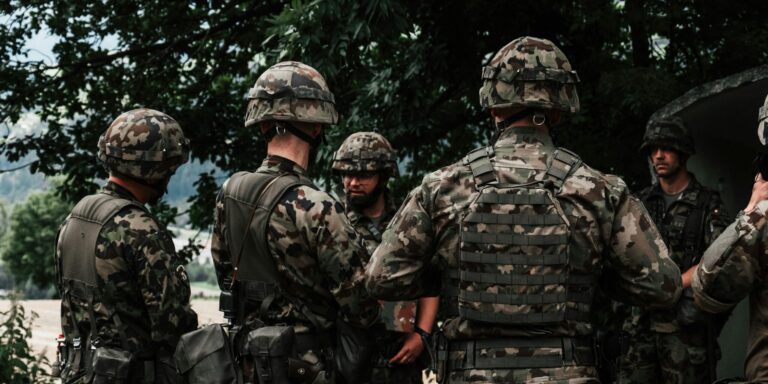On October 22, 2025, the U.S. military executed its eighth strike against an alleged drug-carrying vessel, marking a significant expansion of its anti-drug operations to the eastern Pacific Ocean. Defense Secretary Pete Hegseth confirmed the operation, which signals the U.S. military’s growing commitment to tackling drug trafficking in the region and enhancing overall security. This latest strike is part of a broader strategy that extends the scope of U.S. efforts beyond the Caribbean, focusing more on the Pacific as a critical hotspot for drug smuggling.
The operation represents a strategic shift, emphasizing the importance of safeguarding maritime routes that are commonly exploited by drug traffickers. In recent years, the U.S. military has ramped up its efforts to disrupt the flow of illegal drugs, which have become a persistent threat to public health and national security. The expansion of anti-drug operations to the Pacific reflects a growing concern about the role the region plays in facilitating the global drug trade, particularly with the increased production and trafficking of illicit substances from South America.
The U.S. military’s strikes target vessels suspected of transporting narcotics, aiming to intercept and dismantle drug trafficking networks operating in the region. These operations are carried out in cooperation with allied nations, bolstering international partnerships and promoting collective security efforts in the fight against organized crime. The U.S. Navy, Coast Guard, and other defense agencies play a pivotal role in identifying and intercepting vessels involved in illicit activities, with an increasing focus on the eastern Pacific, a key transit point for drug shipments heading to the United States.
In addition to their direct impact on drug trafficking, these operations are part of a broader strategy to enhance regional security. The U.S. military’s involvement in the Pacific aims to curb not only the flow of narcotics but also the destabilizing influence of criminal organizations that thrive in regions with weak enforcement. By expanding their presence and operations, U.S. forces are working to strengthen regional partnerships, improve intelligence sharing, and build the capacity of local law enforcement agencies to respond to drug-related challenges.
The success of these operations is critical, as the U.S. faces rising concerns over the increasing availability of illegal drugs such as cocaine, methamphetamine, and fentanyl in domestic markets. The strikes are seen as a crucial step in combating the international drug trade, but officials acknowledge that continued collaboration between nations and sustained efforts are necessary to achieve lasting results. The U.S. military’s expanded focus on the Pacific is expected to continue as part of ongoing efforts to secure vital maritime routes and ensure the safety of global trade.
Defense Secretary Pete Hegseth’s confirmation of the operation underscores the U.S. government’s commitment to addressing the pervasive issue of drug trafficking and its far-reaching consequences. While the strikes are part of an ongoing strategy to disrupt drug supply chains, U.S. officials emphasize that combating drug trafficking requires a multi-faceted approach that involves diplomatic efforts, intelligence-sharing, and law enforcement collaboration in addition to military operations.
The latest strike serves as a reminder of the complexities and dangers of the global drug trade and highlights the importance of international cooperation in tackling this ongoing threat. As the U.S. military continues its expanded operations in the Pacific, the international community remains focused on finding effective solutions to combat the flow of illicit drugs and reduce their impact on public health and safety worldwide.


